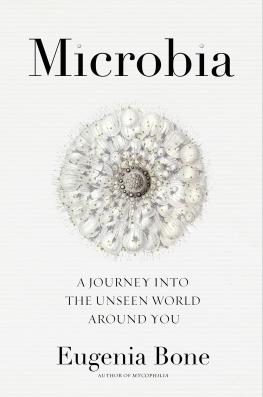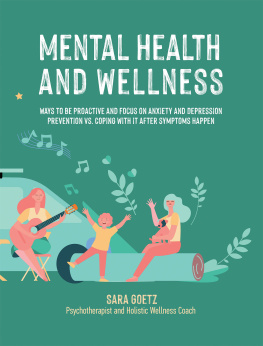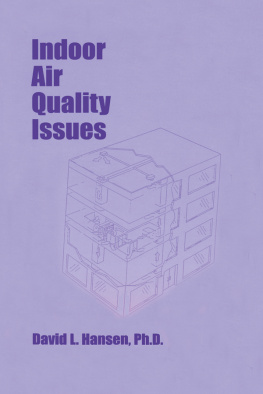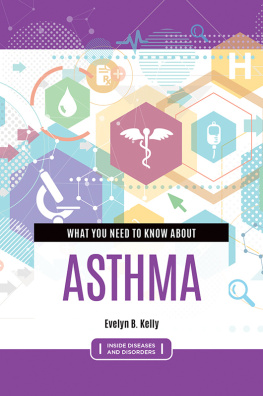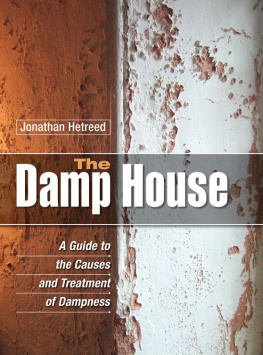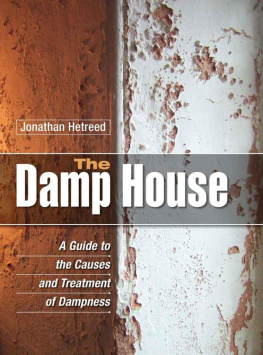Bone - Mycophilia
Here you can read online Bone - Mycophilia full text of the book (entire story) in english for free. Download pdf and epub, get meaning, cover and reviews about this ebook. year: 2011;2004, publisher: Rodale Inc., genre: Art. Description of the work, (preface) as well as reviews are available. Best literature library LitArk.com created for fans of good reading and offers a wide selection of genres:
Romance novel
Science fiction
Adventure
Detective
Science
History
Home and family
Prose
Art
Politics
Computer
Non-fiction
Religion
Business
Children
Humor
Choose a favorite category and find really read worthwhile books. Enjoy immersion in the world of imagination, feel the emotions of the characters or learn something new for yourself, make an fascinating discovery.

Mycophilia: summary, description and annotation
We offer to read an annotation, description, summary or preface (depends on what the author of the book "Mycophilia" wrote himself). If you haven't found the necessary information about the book — write in the comments, we will try to find it.
Mycophilia — read online for free the complete book (whole text) full work
Below is the text of the book, divided by pages. System saving the place of the last page read, allows you to conveniently read the book "Mycophilia" online for free, without having to search again every time where you left off. Put a bookmark, and you can go to the page where you finished reading at any time.
Font size:
Interval:
Bookmark:



Mycophilia
From the Greek,
myco = fungus, philos = loving
To the members of the New York Mycological Society:
my companions in the woods
Chapter 11: M YCOTECHNOLOGIES
I have always loved to eat mushrooms. Even as a child, I found mushrooms to be satisfying in some mysterious way that other foods simply were not. That flavor has a name now, umami, a word borrowed from the Japanese. The noun umami means good taste in Japanese, but in English it is generally understood as meaty savoriness, the flavor of the non-essential amino acid glutamate, as found in steak and cheese and MSG.
My appreciation for mushrooms, especially wild mushrooms, might be in the blood. We have a family story about how my mother went into labor with me in a restaurant in Florence while eating tagliatelle with truffles, and the waiters had to clear off a couple of tables so she could lie down. My grandmother used to can honey mushrooms (using a technique I now know could have taken out the lot of us with botulism poisoning), tender rubbery discs seasoned with parsley and garlic that she added to braised rabbit dishes during the winter. And my parents were foragers, too.
Our family didnt really participate in any sports. Unlike the middle-class kids I grew up with in suburban New York, we didnt ski or sail. We foraged. When we were on the beach, we gathered mussels and sea snails, seined for whitebait, and collected blueberries. At our home in Westchester County, we collected watercress and dandelion greens, and I was still in elementary school when my parents taught me how to identify a morel.
Likewise, they made sure I could identify the death cap, Amanita phalloides, and the destroying angels, A. bisporigera and A. virosa. Within 6 to 24 hours of consumption Amanita induces severe vomiting, abdominal pain, and diarrhea, then jaundice, kidney failure, liver deterioration, and convulsions. Finally, in a matter of days, death.
Just dont touch it! my mother would say. Dont even look at it! my father would rejoin.
As a child, it seemed magical to me the way mushrooms suddenly appeared where they were not the day before. And indeed, in hunting them with my family, I felt like finding mushrooms was a kind of conjuring: If I concentrated hard enough, if I longed to find one deeply enough, the mushroom would reveal itself to me.
But then I grew up and moved to New York City and, except for preferring dishes on menus that included mushrooms, I didnt really think about them for 20 years. That is, until my husband, Kevin, and I bought a cabin in Colorado and I met a gal named Peggy Lindsey. Peggy was, at the time, the masseuse at the Ouray hot springs. She was also a regional arm wrestling champ. We conversed during the pummeling she gave me: she, energetic and friendly, and me, responding between grunts through the face hole in the massage table. She told me about the mushrooms she found on the nearby Uncompahgre Plateau, the chanterelles and porcini that, when circumstances were right, came up in abundance. I didnt have many friends in Colorado at the time, and when she invited me to join her on a mushroom hunt, I was motivated not only by my love of eating mushrooms but also by my need for company.
We drove along rutted roads, past miles of aspen trees quaking and quivering in the sun, until we reached a deep pine forest, cool and quiet as a graveyard. There were not a lot of mushrooms up that day, but Peggy showed me a small patch of bright orange chanterelles littered among the pine needles, and pointed out one porcini, a Boletus edulis, growing on the periphery of an open grassy clearing in the woods. If I had seen those chanterelles in a market basket, I would never have felt confident identifying them in the wild. But observing them growing in their habitat was a different story. All their minute variationssome were stumpy, others open like a flowerwhich can never be fully conveyed in a single or even a few illustrations, revealed a sort of cohesiveness in form and color. It was more like recognizing family resemblances. We found about 2 pounds of chanterelles that day, and once home we sauted them with butter. We rolled up the slick, fleshy nubbins of mushroom in delicate crepes with queso anejo cheese, sweet and sour as the milk burp of a baby.
My husband is one of those hiking people. His first Christmas gift to me was a sleeping bag. (But it zips up to mine, he said when I looked at him for an explanation.) The truth is, I couldnt understand the attraction of clambering over scree only to reach the top. I recognize that other people find this immensely rewarding, but true to my upbringing, when I connected to nature at all, it was via food.
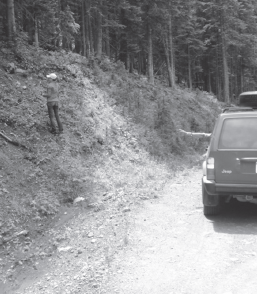
Hunting mushrooms on Bald Mountain
A few weeks after the mushroom hunt with Peggy, I reluctantly agreed to a hike up Bald Mountain, near our cabin. We had company, and company expects to climb mountains when theyre visiting Colorado. We had walked maybe 5 minutes when Kevin called for me to come and look. Hed found a mushroom with a cap as big as a salad plate and a stem so fat I couldnt get all my fingers around it. Right away I recognized it as a porcini. It didnt look at all like the small sample Peggy had shown me, yet I knew it the way you know when you have met someone before. One minute we were walking through a forest, and then, as if by magic, we witnessed the conversion of the forest floor. Everywhere, boletus: big spongy mature specimens and hard young ones that looked like beige softballs growing in tidy rows along the side of fallen timber. I took off my jacket and filled it with mushrooms. I took off Kevins jacket and our guests jackets and the kids jackets, too, and tied the sleeves to sticks so I could carry my haul like a hobos pack. Kevin and our guests continued up the hill, but not me.
After gathering as much as I could carry, I returned to the car and pored over each individual in the hoard, until the rest of our party had reached the summit and walked back down the trail. Once home, I totally ignored our company. I divvied up the mushrooms into meals. Some of the big caps we grilled on the fire with a few slabs of eggplant, and I ground the two together with garlic and salt and lemon juice. We dipped big tortilla chips into this lewdly earthy dip, washed down with cold beer. We sliced up the rest of the caps and cooked them with farfalle and chicken broth and lemon zest, and then threw all the stems into an oxtail and posole soup. And so my husbands desire for a hiking partner has come true. I now accompany him enthusiastically, but while he forges ahead, his long strides covering the miles, head high, breathing in the view, I walk in circles, head down, checking the foot of every tree.
But mushroom hunting in Colorado can be lousy, and because of drought, it was lousy for years. So I decided to step up my game. At first, I joined the New York Mycological Society (NYMS) in the hopes of finding new, more bountiful hunting grounds. The composer John Cage, an avid mushroomer, founded the current incarnation of the NYMS, and many of the older members remember hunting with him. This was the first time Id joined a club, any club, and I liked the fact that it was so easy to socialize. After all, everybody was interested in the same subject, and the other members were charming and weird and erudite. Nonetheless, I stayed mainly on the periphery of the club, taking note of information pertaining to organized mushroom hunts where I might hit mushroom pay dirt.
Font size:
Interval:
Bookmark:
Similar books «Mycophilia»
Look at similar books to Mycophilia. We have selected literature similar in name and meaning in the hope of providing readers with more options to find new, interesting, not yet read works.
Discussion, reviews of the book Mycophilia and just readers' own opinions. Leave your comments, write what you think about the work, its meaning or the main characters. Specify what exactly you liked and what you didn't like, and why you think so.

